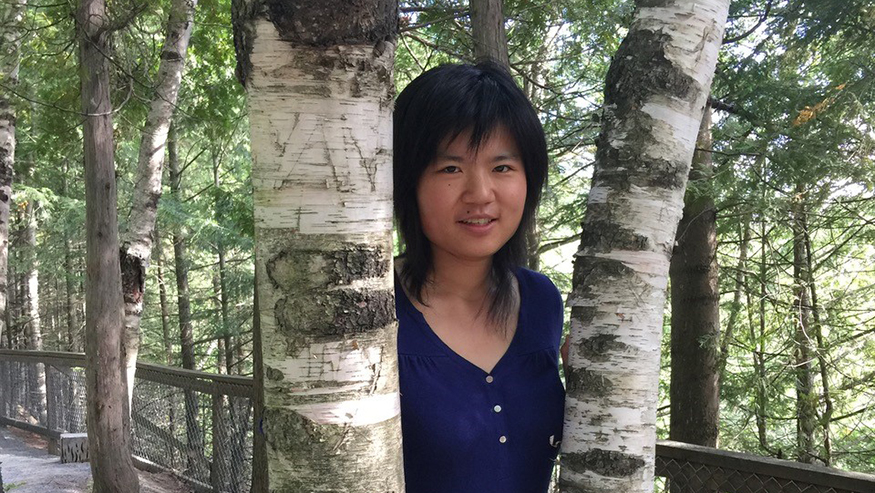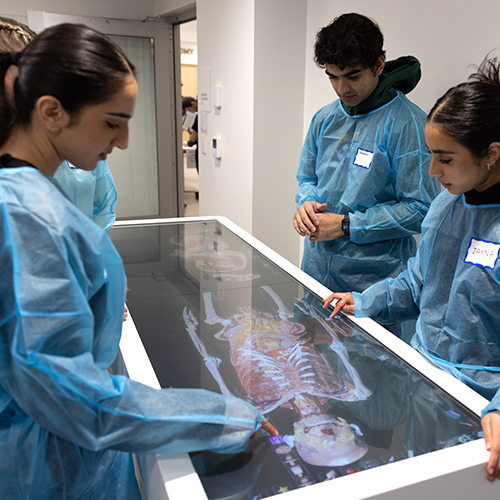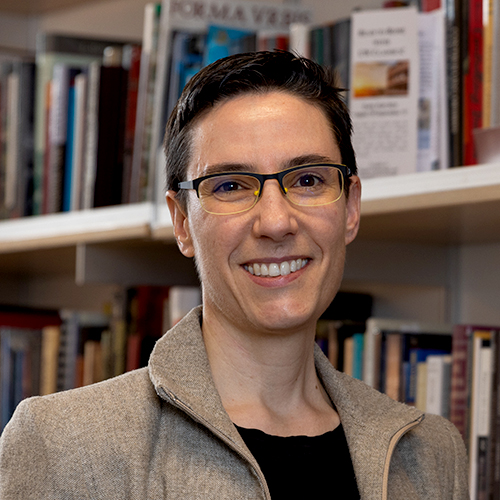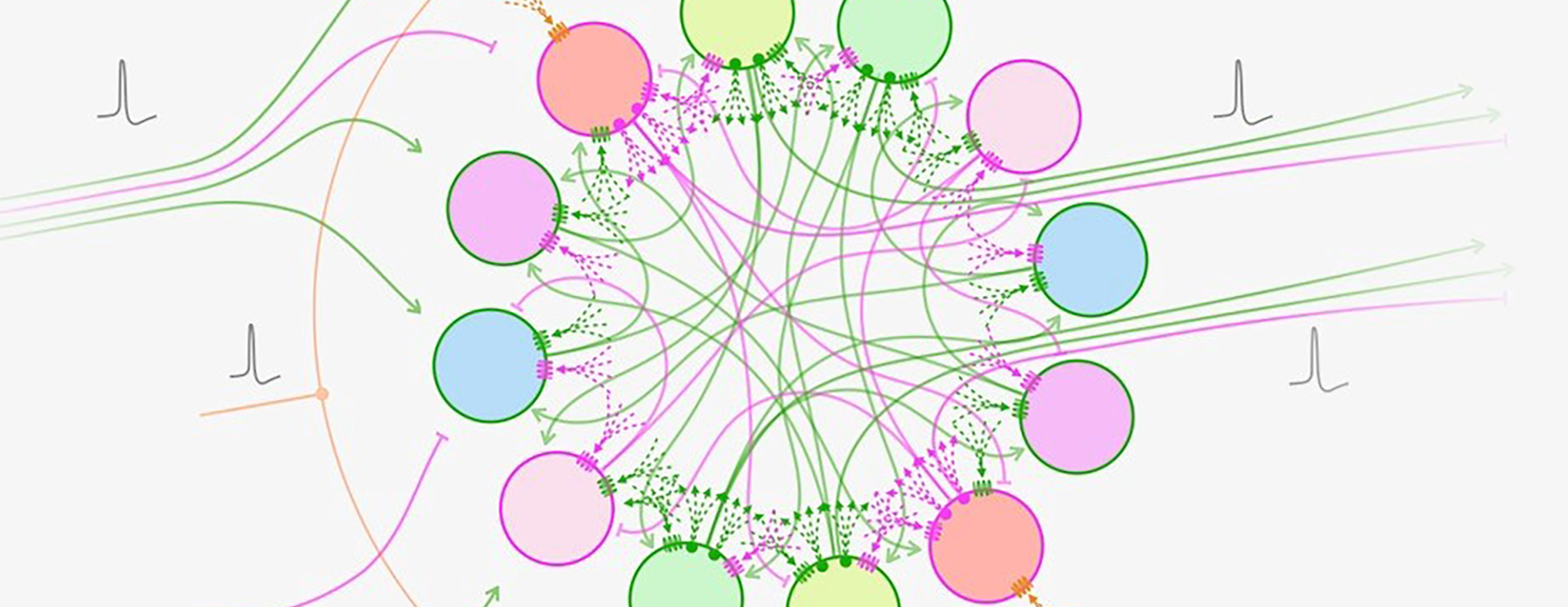
Our thoughts and behavior are the product of vast neural networks inside us. These networks are wired with stunning and intricate complexity. But how does this wiring come about, and how can the process be mimicked in artificial brains for artificial intelligence (AI)? Researchers have come one step closer to understanding this wiring process thanks to research led by Helena Liu, a UW PhD student in the Department of Applied Mathematics.
The wiring of neural networks is a daunting task, requiring the assignment of the correct values to individual connections — sometimes thousands of them, sometimes trillions or more — so that the network as a whole produces the desired behavior. One key issue is how to change individual connections so that the network’s behavior improves — a process known as "credit assignment." Liu and colleagues have combined mathematics and molecular biology to find a new answer to this long standing credit-assignment problem.
The team's findings, presented in the Proceedings of the National Academy of Sciences in December 2021, are a collaboration between lead author Liu; senior author Uygar Sümbül of the Allen Institute for Brain Science (also affiliate faculty in UW Computer Science & Engineering); Allen Institute colleagues Stephen Smith (PhD, Physiology and Biophysics, 1977) and Stefan Mihalas (affiliate professor in UW Applied Mathematics); and Eric Shea-Brown (UW professor of applied mathematics and Allen Institute affiliate).
These ancient modulatory signals have been there all along. They never went away, because that is part of learning, and learning is universal among modern animals.
Conventional artificial neural networks consist of neurons connected by synapses whose strengths determine the network output. But the team realized that the brain has an additional signaling network that consists of neuromodulators — chemicals like dopamine.

"An important contribution of our work is how credit signals can be communicated via local neuromodulatory signals, which had really been underexplored,” says Liu.
While dopamine is a well-known example of a neuromodulator, this is just the tip of the iceberg. Sümbül, Smith, and colleagues have recently charted the interactions among hundreds of types of modulatory molecules and found that they follow systematic pathways connecting different types of cells in mouse and human brains.
“That was the clue that motivated us,” says Sümbül, who explains that the brain has not just one wiring diagram but hundreds, all superposed into what he calls a “multidigraph.” Liu and colleagues found that this multidigraph can solve the credit assignment problem in a new and highly efficient way.
“These ancient modulatory signals have been there all along," says Smith. "They never went away, because that is part of learning, and learning is universal among modern animals.”
The team’s work may provide an important clue for the improvement of AI. “The incorporation of these findings into artificial systems may open new and smarter ways to engineer intelligence,” says Shea-Brown.
More Stories

The Impact of Anatomy Lessons
Anatomy for Change, a program for students underrepresented in healthcare careers, provides opportunities to spend time in an anatomy lab.

What the Sky Teaches Us
Brittany Kamai, an astrophysicist with knowledge of Pacific Islanders' Indigenous navigation using the sky, is teaching a new UW course, Pacific Indigenous Astrophysics.

Lifting Marginalized Voices — from Ancient Rome
"Interesting, frustrating, and necessary,” is how Sarah Levin-Richardson, professor of Classics, describes her research into the lives of enslaved individuals in the ancient world.
